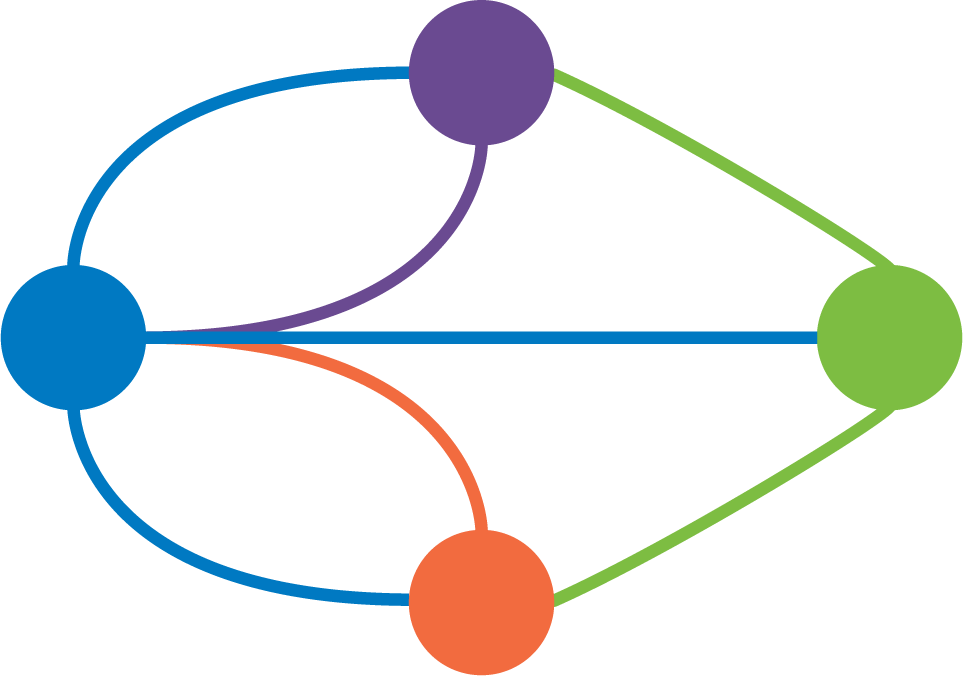Research
Research
Mapping the synaptic connectivity of the brain
We currently have an unprecedented ability to classify the different types of neurons that make up the brain, but we have very little understanding of how these cell types connect with each other to form complete circuits. We are developing new methods to measure circuitry using cutting edge approaches including electrophysiology, spatial transcriptomics, and viral approaches. Our ultimate goal is to identify common circuit changes that underlie psychiatric disorders and therefore are promising targets for therapeutic intervention.


Dissecting synaptic and cellular physiology
Neurons primarily communicate through chemical synapses, and changes in the strength of those synaptic connections are the main mechanism for learning and memory in the brain. Synaptic dysfunction is also implicated in psychiatric disorders, as many risk alleles correspond to genes encoding for synaptic proteins. A major focus of our lab is to dissect the physiology of synapses, how changes in synaptic function contributes to disease, and the interplay between synaptic signaling and intracellular physiology.
Exploring how non-neuronal cells shape synaptic function
Non-neuronal cells also contribute to the development and maintenance of synaptic connectivity. Microglia, the resident immune cell of the brain, have been shown to be involved in the development-dependent pruning of synaptic connections, and can have both protective and pathological roles in neurodegenerative diseases. We are interested in how microglia regulate synapses and how this regulation goes awry to contribute to psychiatric and neurodegenerative diseases.
